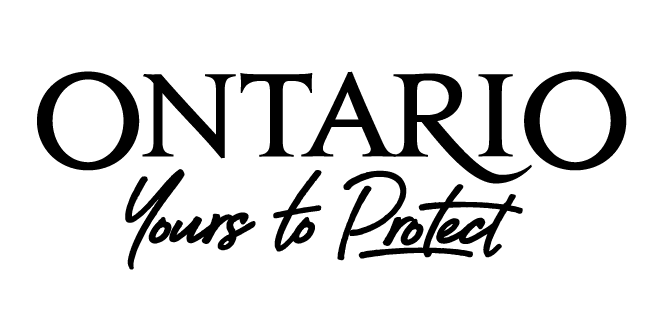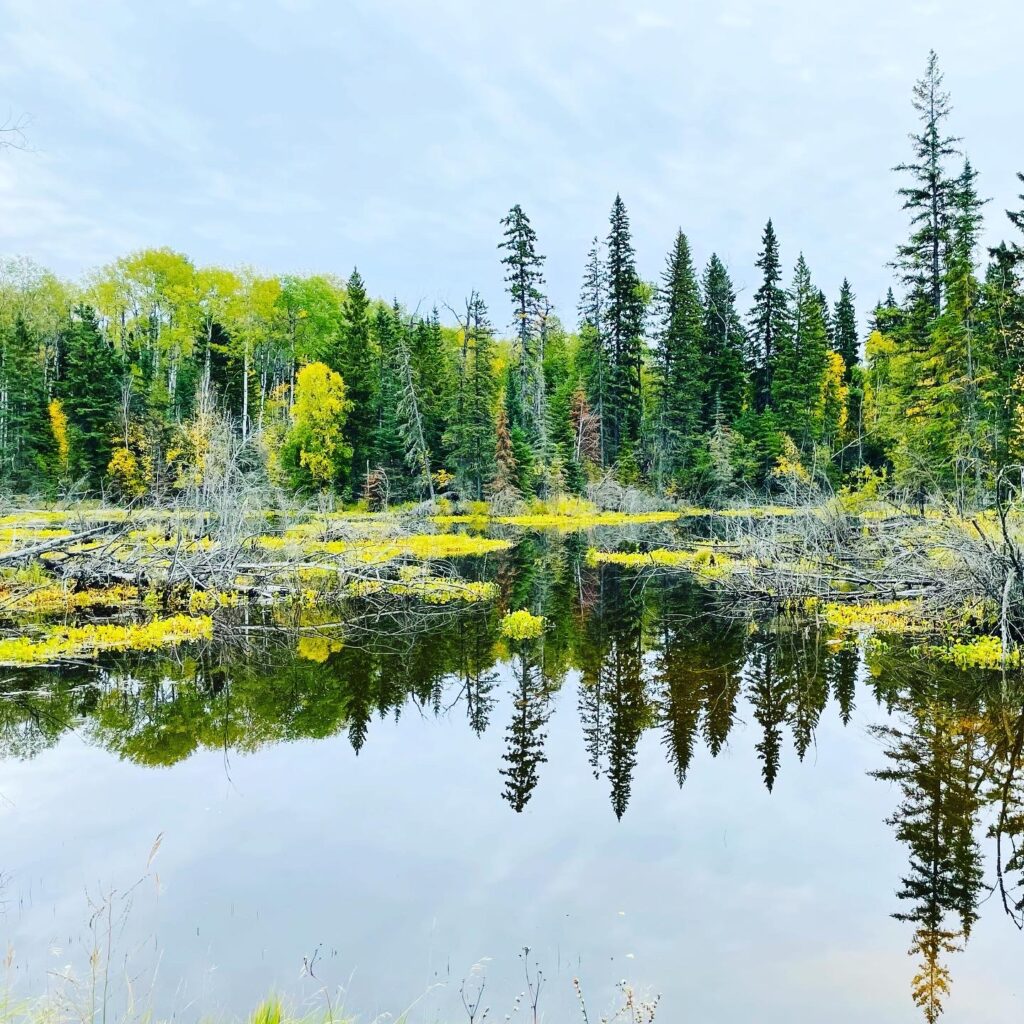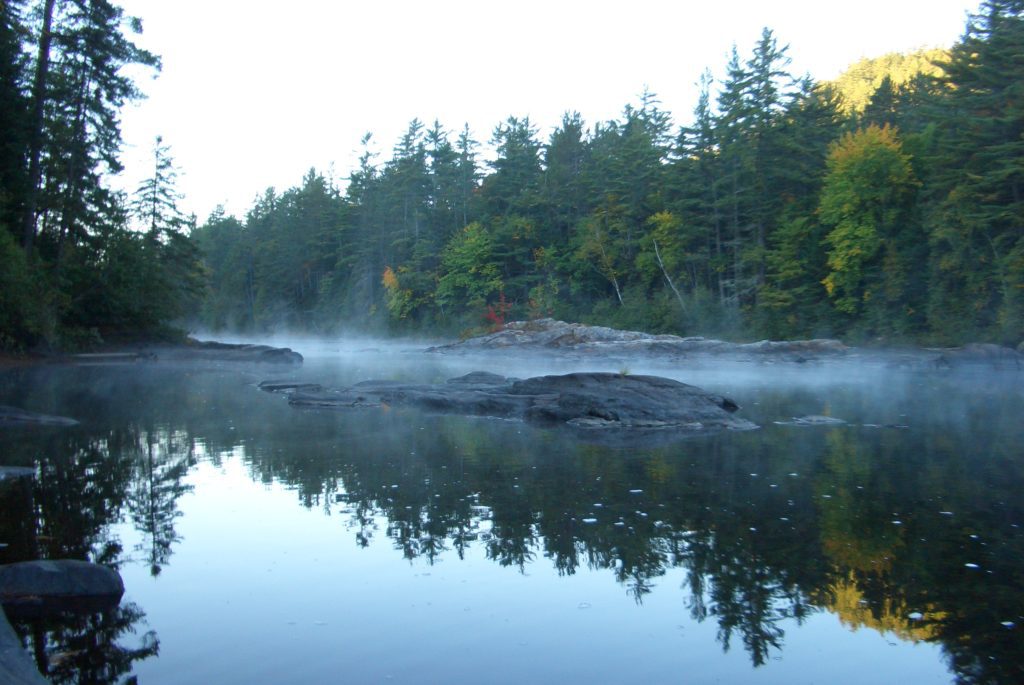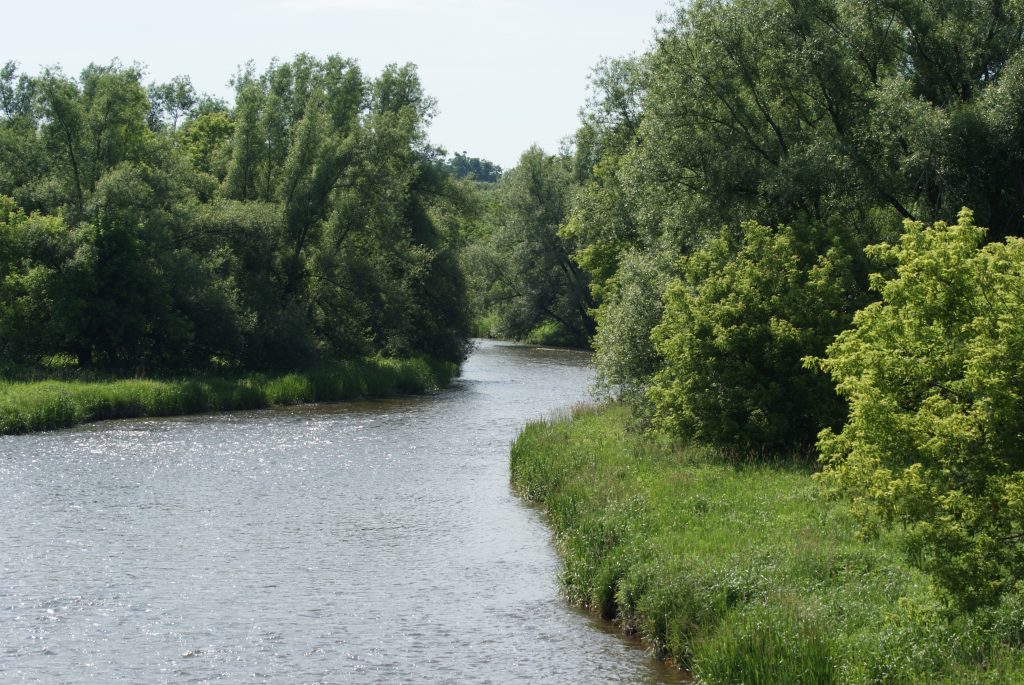Cities and towns need fresh, local food and farmers need to be able to grow it close to these areas. The 5,500 farms in Ontario’s Greenbelt feed us and these are businesses that can’t relocate. In total, the Greenbelt contributes $9.1 billion in economic benefits and creates 161,000 full-time jobs.
All of us need places to re-connect with nature, slow down, go for a hike, sit by a river and watch the birds fly overhead. The Greenbelt gives millions of us this without a three hour drive. And the Greenbelt provides $2.3 billion in ecosystem services, thanks to forests and wetlands that filter our water and clean our air while consuming carbon pollution spewed from 27 million cars per year. And that’s on top of helping our cities grow in smarter, more efficient ways – ways that are making our cities places more of us want to live.
All of these values are what Ontario’s Greenbelt provides for millions of GTA residents, but the Greenbelt is under threat.
As Ontario moves to review the Greenbelt Plan in 2015, a new study released this week by the Ontario Greenbelt Alliance and Environmental Defence, maps out four major threats to the Greenbelt: proposals for infrastructure such as highways that would pave over farmland, worsen air quality and generate greenhouse gases; sprawl developments that would destroy agriculture, forests and wetlands; the Pickering airport that would eliminate 7,530 hectares of prime farmland; the dumping of soil – some contaminated – on farmland, putting water and food sources at risk.
It’s illogical that current policies allow massive infrastructure like new 400 series highways, on Greenbelt lands – lands which are supposed to be permanently protected. Instead of paving farmland to build highways that would cause more traffic jams and increase greenhouse gas emissions, the province should invest the $16 billion highway cost in regional public transit, which would get more of us to where we need to go.
The Pickering Airport is a white elephant in waiting. Why not decide now to take it off the table, protect the thousands of hectares of publically owned farmland it contains and use the natural areas to link the Oak Ridges Moraine to Rouge Park and Lake Ontario? Toronto doesn’t need a redundant airport like Montreal’s Mirabel airport, now closed to residential flights for a decade.
The dumping of contaminated soil on Greenbelt lands should be a wakeup call for the province. We need clearer rules to protect agricultural land, water supplies and communities from the impact of fly-by-night trucking operations looking to make a quick buck getting rid of soil too contaminated to be re-used.
Some developers and municipalities want to turn back the clock to a 1950s model of growth, paving over farmland to create far flung, car-dependent communities. They want to remove lands from the Greenbelt, or ignore boundaries to create more sprawling subdivisions. This is good for them but not for taxpayers who pay for the roads, power lines, transit, and sewer and water pipes, which cost 50 per cent more than when built in existing urban areas. Perhaps, the most insidious threats of urban sprawl are the health care costs and climate change impacts associated with more cars on the road, not to mention the smog and time lost commuting when we could be doing many other more productive and interesting things.
With 11.5 million people expected to live in the GTA by 2031, growth management is essential to the Greater Golden Horseshoe area. We need the Greenbelt and Places to Grow Plans to guide efficient, transit friendly and economically viable use of existing urban areas while protecting our vanishing farmland and water resources.
When the Greenbelt Plan and the Places to Grow Plan are reviewed by the province next year, it’s a chance for Ontario to build a better, stronger Greenbelt – one that is even more effective at shaping the region, the province and the cities that we want.









